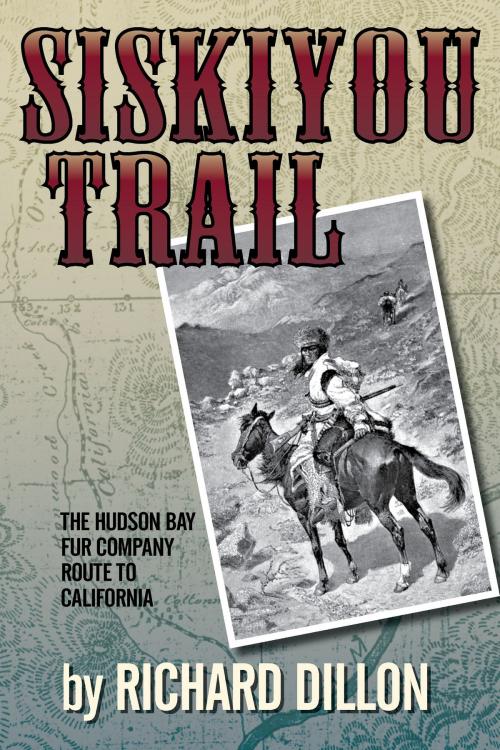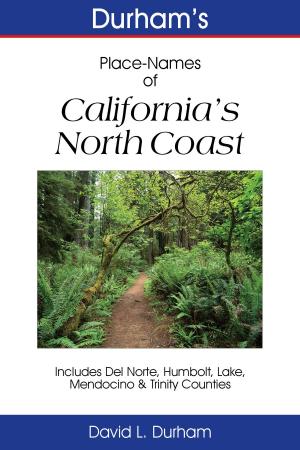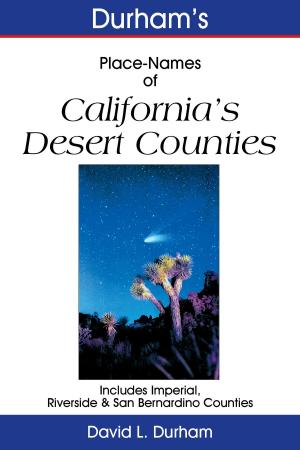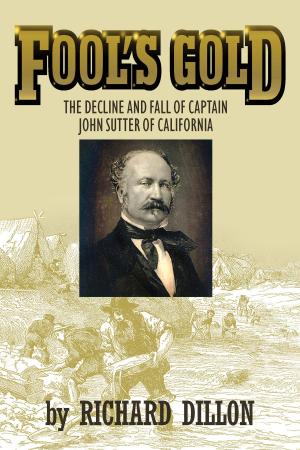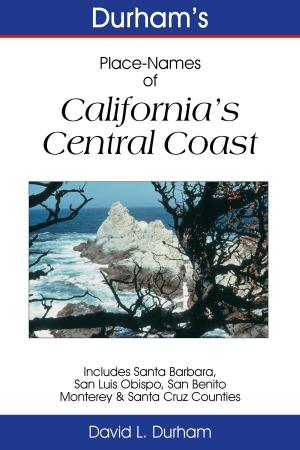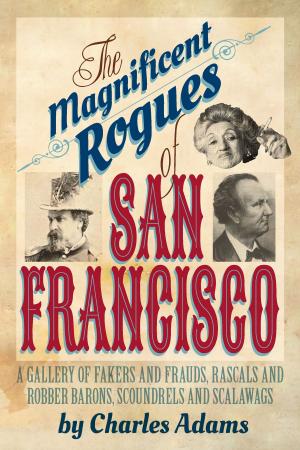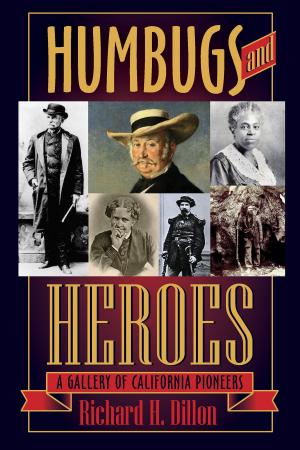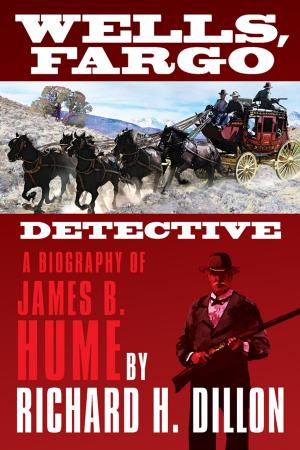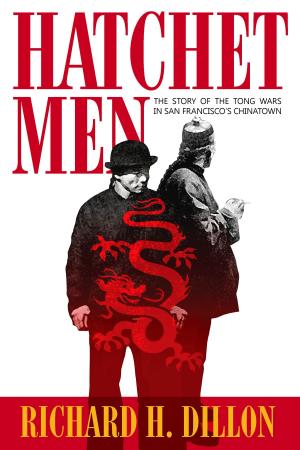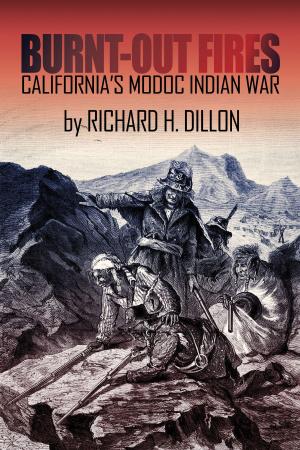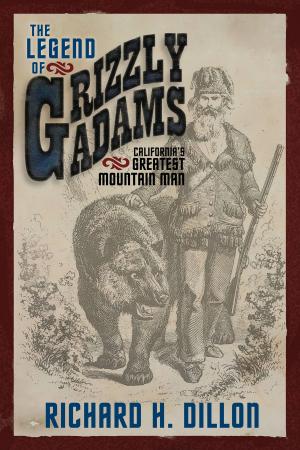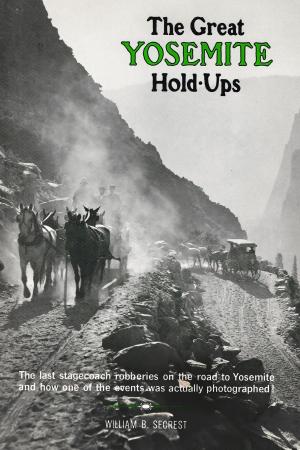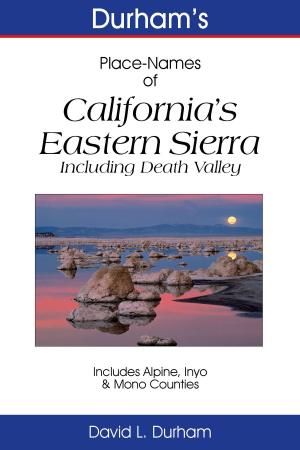Siskiyou Trail
The Hudson’s Bay Company’s Route to California
Nonfiction, History, Americas, United States, State & Local, 19th Century| Author: | Richard Dillon | ISBN: | 9781618090621 |
| Publisher: | The Write Thought | Publication: | July 16, 2012 |
| Imprint: | Language: | English |
| Author: | Richard Dillon |
| ISBN: | 9781618090621 |
| Publisher: | The Write Thought |
| Publication: | July 16, 2012 |
| Imprint: | |
| Language: | English |
The Hudson’s Bay Fur Company route to California was the fur trappers’ and traders’ road in the 1820s, 1830s, and 1840s from Fort Vancouver (now in Washington State) to San Francisco and beyond.
Does “road” mean a six-lane paved freeway to you? Turn the calendar back and ponder a path that was rough, stony, precipitous, ill-marked, and full of perils at every turn: disease, famine, attacking Indians and worse.
In quest chiefly of beaver and sea otters, men were lured from Quebec and Montreal, St. Louis and Lake Superior, Hudson Bay and Winnipeg, Taos and Santa Fe and Hawaii. Wherever they came from, they became the handful of wide-wandering mountain men who took part in California’s first boom—the trade in furs.
Until publication of this book, there had been little documentation of the trail. Such giants of the route as Jedediah Smith and Peter Skene Ogden have come down in history. But the leaders on the trail made indifferent reporters at best and their followers—an ethnic crazy quilt of Englishmen, Scots, Irish, French-Canadians, Mexicans, black Americans, Iroquois, Abenaki, half-breeds, and kanakas from Hawaii —were lucky if they could write their names.
The explorations, the discoveries, the incredible hardships, the adventures, and the occasional humor—which lit up the treks like sunshine after a heavy rain—all interweave to make this towering tale.
Unlike some of our nation’s historic trails which have since been obliterated or are largely untraveled, the fur men’s rugged route was only a beginning. A few short years later it was dotted with pack trains, then with wagons, and later with Concord stagecoaches. By 1887 it was the roadbed for the railway which still links Oregon and California. Today, closely paralleling the Southern Pacific right-of-way, Highway 5 carries trucks and trailers north and south with an ease the mountain men of 150 years ago would have envied.
The Hudson’s Bay Fur Company route to California was the fur trappers’ and traders’ road in the 1820s, 1830s, and 1840s from Fort Vancouver (now in Washington State) to San Francisco and beyond.
Does “road” mean a six-lane paved freeway to you? Turn the calendar back and ponder a path that was rough, stony, precipitous, ill-marked, and full of perils at every turn: disease, famine, attacking Indians and worse.
In quest chiefly of beaver and sea otters, men were lured from Quebec and Montreal, St. Louis and Lake Superior, Hudson Bay and Winnipeg, Taos and Santa Fe and Hawaii. Wherever they came from, they became the handful of wide-wandering mountain men who took part in California’s first boom—the trade in furs.
Until publication of this book, there had been little documentation of the trail. Such giants of the route as Jedediah Smith and Peter Skene Ogden have come down in history. But the leaders on the trail made indifferent reporters at best and their followers—an ethnic crazy quilt of Englishmen, Scots, Irish, French-Canadians, Mexicans, black Americans, Iroquois, Abenaki, half-breeds, and kanakas from Hawaii —were lucky if they could write their names.
The explorations, the discoveries, the incredible hardships, the adventures, and the occasional humor—which lit up the treks like sunshine after a heavy rain—all interweave to make this towering tale.
Unlike some of our nation’s historic trails which have since been obliterated or are largely untraveled, the fur men’s rugged route was only a beginning. A few short years later it was dotted with pack trains, then with wagons, and later with Concord stagecoaches. By 1887 it was the roadbed for the railway which still links Oregon and California. Today, closely paralleling the Southern Pacific right-of-way, Highway 5 carries trucks and trailers north and south with an ease the mountain men of 150 years ago would have envied.
